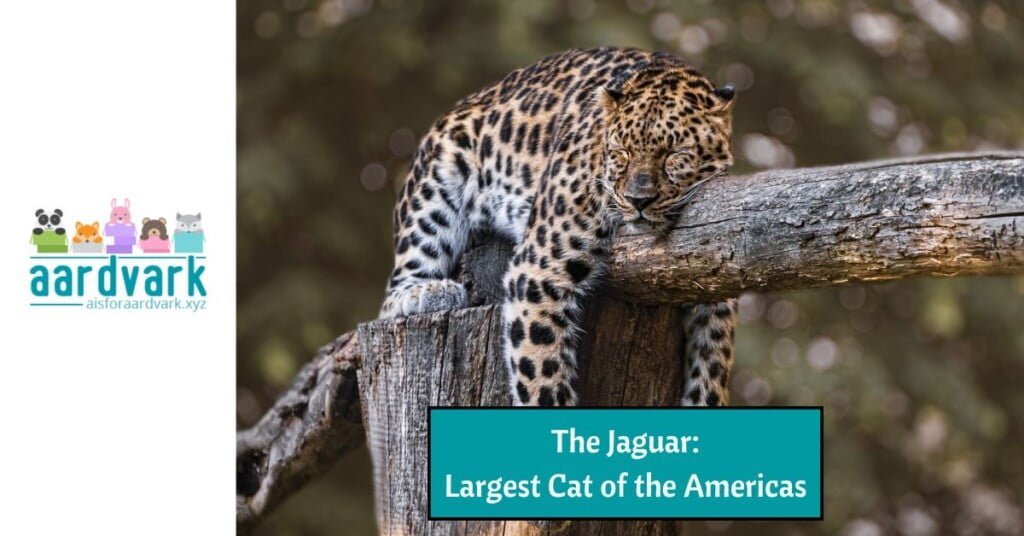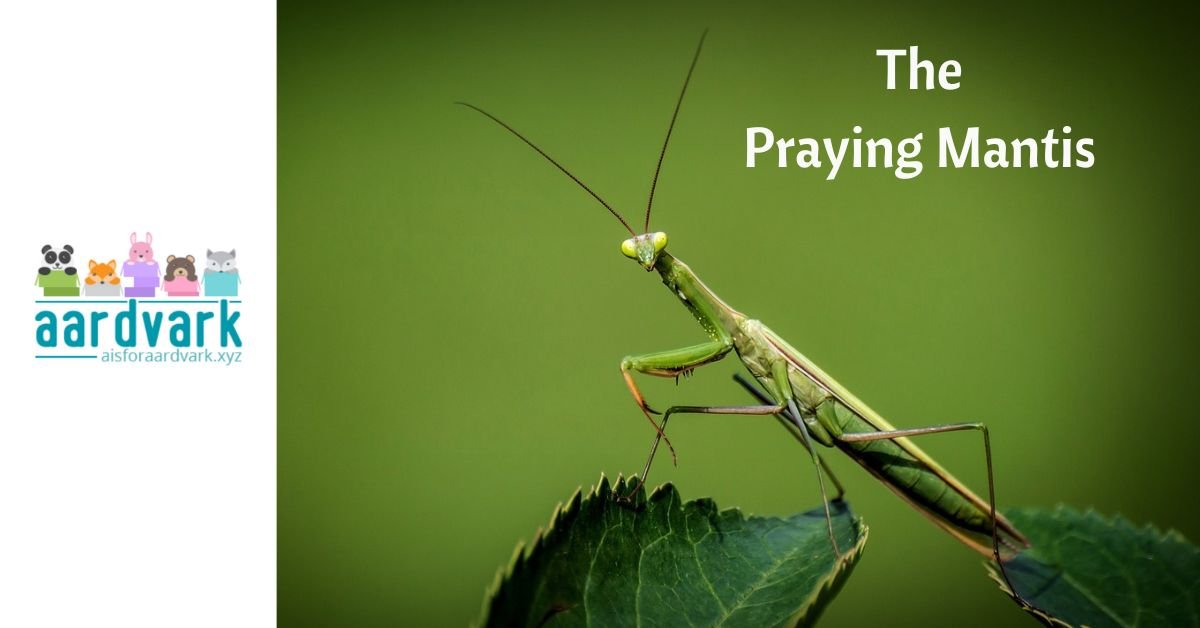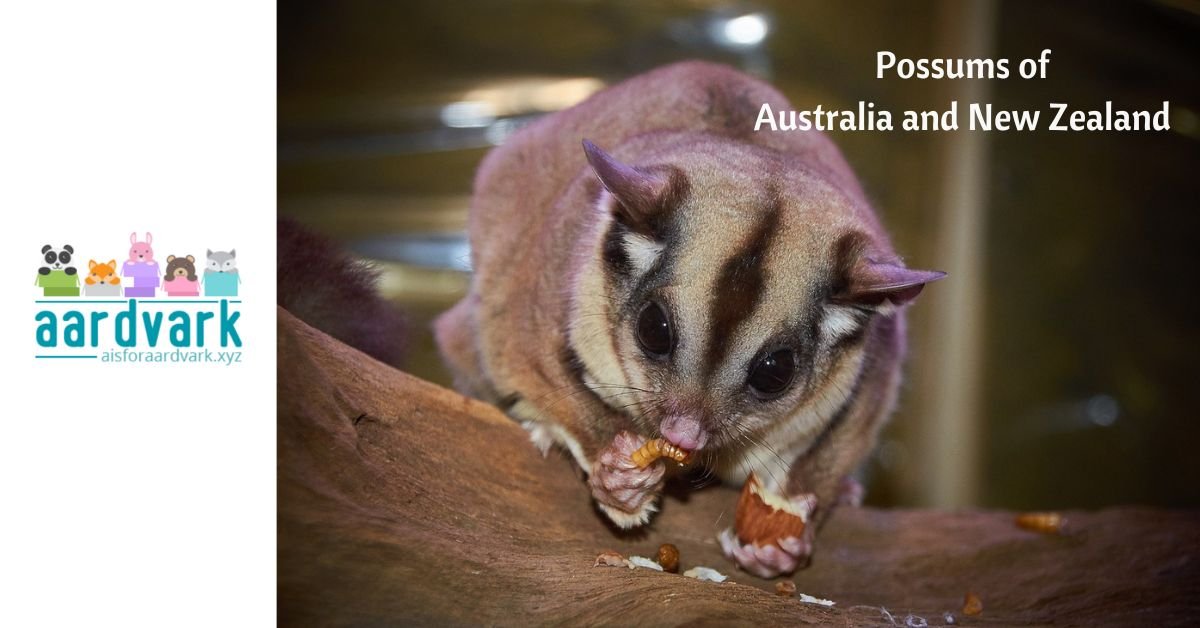Jaguars are powerful and majestic big cats native to the Americas and are emblematic of the wild landscapes they inhabit. They stand out for their robust build and striking coat patterned with rosettes as well as for their remarkable adaptability and strength.
Taxonomy and Species Classification
The jaguar, scientifically named Panthera onca, is the only member of the Panthera genus found in the New World, setting it apart from its relatives like lions, tigers, leopards, and snow leopards. This solitary predator is highly revered in the cultural fabric of the indigenous societies across its range.
Physical Characteristics
Jaguars are known for their muscular build, which enables them to swim, climb, and execute powerful leaps to catch a variety of prey. Their coats, typically a golden base dotted with unique black rosettes, can sometimes be almost entirely black. These melanistic jaguars, often called black panthers, still show faint patterning in direct sunlight.
Habitat and Distribution
The jaguar prefers to inhabit dense rainforests and swamplands, but they also roam across savannas and mountain scrub areas. Their historical range extended from the southern United States through Central America to South America. Today, significant populations are found primarily in the Amazon basin, though loss of habitat and fragmentation are ongoing concerns.
Diet and Hunting Techniques
Jaguars have a varied diet that primarily includes deer, peccaries, capybaras, and sometimes even caimans, reflecting their adaptability and power. They employ a unique hunting technique similar to other big cats. They typically deliver a fatal bite directly to the skull of their prey, piercing the brain, which demonstrates their incredible jaw strength. This method allows them to subdue larger and tougher prey efficiently.
Reproduction and Lifecycle
For the most part, jaguars live alone, rather than in groups. They come together for mating, but don’t form packs like other big cats. However, zoologists have observed that sometimes male jaguars may work together and form groups.
Jaguars are solitary animals, coming together only during mating season. After mating, the female prepares a secluded den where she will give birth to typically one to four cubs. The gestation period lasts about 100 days, and the cubs are born blind and helpless. The mother raises them alone, teaching them to hunt and survive in the wild until they are old enough to establish territories of their own.
In the wild, jaguars live 12 to 15 years on average.
Naming and Common Confusions
The specific popular name for this species is jaguar. But sometimes, these cats are referred to as “panthers” in some regions, particularly when discussing the melanistic variants. The term “panther” can be misleading as it is also used to describe melanistic leopards.
Melanism, a genetic mutation resulting in a surplus of the pigment melanin, gives these big cats their dark appearance, which can be an advantage in certain habitats by providing better camouflage.
Conservation Status
Jaguars are listed as Near Threatened on the IUCN Red List; some populations are critically endangered. Major threats include habitat loss due to deforestation, human-wildlife conflict, and illegal poaching for their beautiful pelts. Conservation efforts are vital and include habitat protection, creating wildlife corridors, and anti-poaching measures. International cooperation, such as the Jaguar Corridor Initiative, aims to connect and protect jaguar habitats across their range, ensuring genetic diversity and sustainable populations.
Cultural Significance
Jaguars hold a prominent place in the mythology and folklore of many cultures across the Americas. In many indigenous cultures, the jaguar is a symbol of power and strength. It is often associated with the spirit world and revered as a deity.
Their symbolic presence is evident in various cultural artifacts, from ancient ceramics to contemporary literature and media, portraying them as majestic and powerful beings.
Because of their role in their environments, jaguars are crucial for maintaining the ecological balance of their habitats. Their survival hinges on continued conservation efforts and greater public awareness and appreciation of their role in the natural world and in cultural histories. Protecting these magnificent creatures is essential for maintaining biodiversity and the health of ecosystems throughout the Americas.







